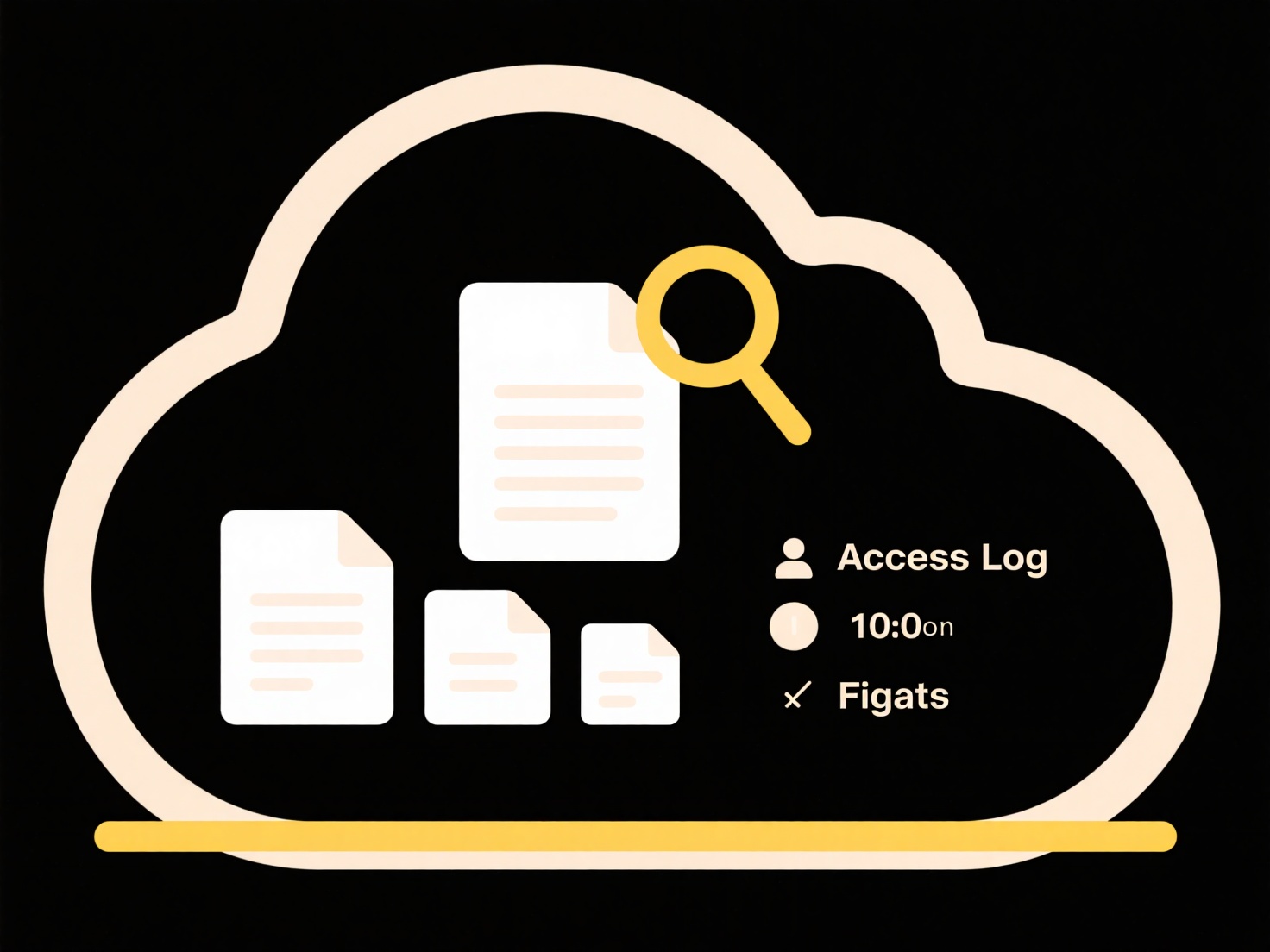
Yes, you can require Multi-Factor Authentication (MFA) to open shared files if the file storage platform and access management system support it. MFA requires users to provide two or more verification factors—something they know (like a password), something they have (like a phone with an authenticator app), or something they are (like a fingerprint)—to gain access. This differs significantly from traditional single-password access by adding critical layers of security against compromised credentials.

Platforms like Microsoft 365 (using Azure AD Conditional Access policies) or Google Workspace often support enforcing MFA specifically for accessing sensitive documents or folders, regardless of where the user logs in from. For example, a finance department might configure MFA protection on a SharePoint library containing confidential budget spreadsheets, while a healthcare clinic might use it for patient record folders stored on cloud drives.
Enforcing MFA drastically improves file security by blocking unauthorized access even if passwords are stolen, protecting sensitive data. However, it can add an extra step for legitimate users, potentially impacting productivity if not implemented thoughtfully (e.g., excluding trusted networks). Future developments include broader MFA integration within collaboration platforms and the rise of FIDO2/WebAuthn standards for passwordless and phishing-resistant MFA, improving both security and convenience over time.
Can I require MFA (multi-factor authentication) to open shared files?
Yes, you can require Multi-Factor Authentication (MFA) to open shared files if the file storage platform and access management system support it. MFA requires users to provide two or more verification factors—something they know (like a password), something they have (like a phone with an authenticator app), or something they are (like a fingerprint)—to gain access. This differs significantly from traditional single-password access by adding critical layers of security against compromised credentials.

Platforms like Microsoft 365 (using Azure AD Conditional Access policies) or Google Workspace often support enforcing MFA specifically for accessing sensitive documents or folders, regardless of where the user logs in from. For example, a finance department might configure MFA protection on a SharePoint library containing confidential budget spreadsheets, while a healthcare clinic might use it for patient record folders stored on cloud drives.
Enforcing MFA drastically improves file security by blocking unauthorized access even if passwords are stolen, protecting sensitive data. However, it can add an extra step for legitimate users, potentially impacting productivity if not implemented thoughtfully (e.g., excluding trusted networks). Future developments include broader MFA integration within collaboration platforms and the rise of FIDO2/WebAuthn standards for passwordless and phishing-resistant MFA, improving both security and convenience over time.
Quick Article Links
How do I add a suffix like “_v1” to a file name?
Adding a suffix like "_v1" to a filename involves inserting a descriptive string, usually at the end of the base name an...
Can I run software projects from the cloud?
Running software projects from the cloud means using remote, internet-accessible servers (hosted by providers like AWS, ...
Why does Windows sometimes auto-rename new files?
Windows auto-renames new files primarily to prevent overwriting existing files with the same name and to ensure filename...